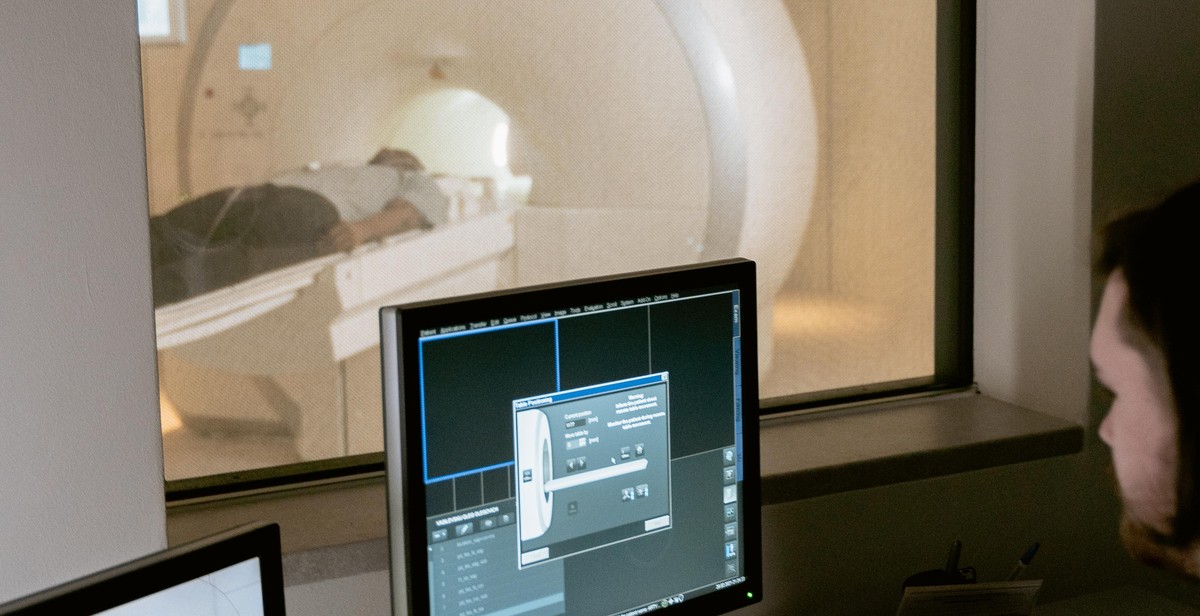Introduction
In today’s digital age, we are constantly bombarded with information and data from various sources. From emails and social media notifications to work documents and personal files, our digital lives can quickly become overwhelming and disorganized. This is why it’s important to take the time to organize and declutter your digital life.
Why is it important?
There are several reasons why organizing and decluttering your digital life is important:
- Increased productivity: When your digital life is cluttered, it can be difficult to find the files or information you need quickly. By organizing and decluttering, you can save time and increase productivity.
- Better security: A cluttered digital life can also make it easier for hackers to access your personal information. By organizing and deleting unnecessary files, you can reduce the risk of a security breach.
- Reduced stress: Clutter can cause stress and anxiety, and this applies to your digital life as well. By organizing and decluttering, you can create a more peaceful and calm digital environment.
In this article, we will provide you with practical tips and strategies for organizing and decluttering your digital life. Whether you’re a busy professional or a stay-at-home parent, these tips will help you take control of your digital life and create a more streamlined and efficient workflow.

Assess Your Digital Clutter
Before you can begin to organize and declutter your digital life, it’s important to assess what you have and what you need. Here are some steps to help you identify what you need and what you don’t:
Delete Unnecessary Files and Programs
Start by deleting any files or programs that you no longer need or use. This can include old documents, duplicate files, and outdated software. Not only will this free up space on your computer or device, but it will also make it easier to find the files and programs that you do need.
Sort and Categorize Your Files
Next, sort and categorize your files into folders or directories. This will make it easier to find what you need when you need it. You can create folders based on topics, projects, or file types. For example, you might have a folder for work documents, another for personal documents, and another for photos.
Be sure to name your folders in a way that makes sense to you. Avoid using vague or generic names like “miscellaneous” or “stuff.” Instead, use descriptive names that accurately reflect the contents of the folder.
Use Cloud Storage
If you have a large number of files or if you want to access your files from multiple devices, consider using cloud storage. Services like Dropbox, Google Drive, and OneDrive allow you to store your files online and access them from anywhere with an internet connection.
Using cloud storage can also be a good way to back up your files in case your computer or device crashes or is lost or stolen.
Conclusion
Assessing your digital clutter is an important first step in organizing and decluttering your digital life. By deleting unnecessary files and programs, sorting and categorizing your files, and using cloud storage, you can create a more streamlined and efficient digital workspace.

Create a Digital Organization System
Creating a digital organization system is essential to maintaining a clutter-free digital life. The following tips will help you create an efficient system that will save you time and reduce stress.
Choose a file naming convention
One of the most important aspects of digital organization is developing a consistent file naming convention. It is essential to choose a naming convention that is easy to remember and understand. For instance, you can decide to use a combination of the date and the name of the document. This way, you can easily locate files based on the date they were created or modified.
Additionally, it is important to be consistent in naming files. Avoid using different names for the same file or using different formats for different types of files. This will only lead to confusion and make it difficult to locate files.
Use cloud storage
Cloud storage is an excellent solution for organizing and decluttering your digital life. It allows you to store your files in a centralized location, making it easy to access them from anywhere and on any device.
When choosing a cloud storage provider, ensure that it meets your specific needs. Some of the factors to consider include storage capacity, security features, and pricing. Once you have chosen a provider, create a folder structure that makes it easy to locate files. For instance, you can create folders based on the type of file or project.
Organize email and contacts
Email and contacts are essential components of digital organization. To keep your inbox clutter-free, create folders and filters that automatically sort incoming emails. This way, you can easily locate important emails and reduce the amount of time spent on email management.
Similarly, organize your contacts by creating groups based on the type of contact or project. This makes it easy to send emails to specific groups and reduces the chances of sending emails to the wrong recipients.
Conclusion
By implementing these tips, you can create an efficient digital organization system that will help you stay on top of your digital life. Remember to be consistent and review your system regularly to ensure that it continues to meet your needs.

Maintain Your Digital Organization
Organizing and decluttering your digital life is not a one-time task. It requires consistent effort to maintain a clutter-free and organized digital space. Here are some ways to maintain your digital organization:
Set a regular schedule for decluttering
Just like how you set a regular schedule to clean your house, you should also set a regular schedule to declutter your digital space. This could be once a month or once every few months, depending on how quickly your digital clutter accumulates. During this time, go through your files, emails, and apps and delete anything that is no longer needed. You can also organize your remaining files and folders to ensure they are easy to locate when needed.
Keep your system up to date
Keeping your system up to date is crucial to maintaining a clutter-free digital space. Updates often include bug fixes and security patches that can improve the performance and security of your device. By updating your device regularly, you can ensure that it is running smoothly and efficiently, which can prevent clutter from building up due to slow or malfunctioning software.
Monitor your digital footprint
Your digital footprint refers to the information about you that is available online. It includes your social media profiles, online accounts, and any information that can be found through a simple Google search. Monitoring your digital footprint is important to ensure that your personal information is not being shared or accessed without your knowledge. It can also help you identify any unnecessary accounts or subscriptions that you may have forgotten about, which can contribute to digital clutter.
- Regularly review your social media privacy settings to ensure that you are only sharing information with the people you intend to share it with.
- Use a password manager to keep track of your online accounts and passwords. This can prevent you from creating multiple accounts and forgetting about them.
- Regularly Google yourself to see what information is available about you online. If you find any outdated or incorrect information, take steps to have it removed.
By following these tips, you can maintain a clutter-free and organized digital space, which can help improve your productivity and reduce stress.

Conclusion
Organizing and decluttering your digital life may seem overwhelming at first, but with the right tools and mindset, it can be a manageable and even enjoyable process. By following the steps outlined in this article, you can take control of your digital clutter and create a more streamlined and efficient digital workspace.
Key Takeaways
- Start by assessing your digital clutter and identifying areas that need improvement.
- Use digital tools like file organizers and cloud storage to keep your files organized and easily accessible.
- Regularly delete unnecessary files and unsubscribe from irrelevant emails to keep your digital space clutter-free.
- Set boundaries for your digital life, such as limiting screen time and turning off notifications, to reduce digital overwhelm.
The Benefits of a Decluttered Digital Life
By taking the time to organize and declutter your digital life, you can reap a variety of benefits, such as:
- Increased productivity and efficiency
- Reduced stress and overwhelm
- Better digital security and privacy
- Improved focus and concentration
Final Thoughts
Decluttering your digital life is an ongoing process, but by implementing the strategies outlined in this article, you can establish good habits and maintain a clutter-free digital space. Remember to regularly assess and adjust your digital organization system to ensure it continues to work for you and your evolving digital needs.
